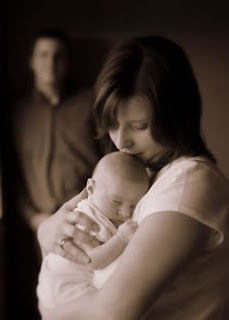Connect with someone new and create three environmental portraits. At least one image should demonstrate how you have directed them towards a relaxed expression and body posture. Discuss the process or direction.
All three of these photos are examples of environmental portraits. In the first image, Katrina is editing a photo on Adobe Photoshop. It was important to capture her sitting relaxed, so I told her to just do what she would normally do while editing.
In the second photo, Katie is doing a gymnastics routine. Again, I wanted to capture her focused, as if the camera was not there, so I told her to go through a routine that she had been practicing earlier.
The third image is the most relaxed of the three. Elizabeth is demonstrating how to use pastels, which can sometimes be stressful. In order for her to look relaxed, I told her that she need a slight slouch (because no one sits perfectly straight... At least not in high school), and I wanted her face to be relaxed as well as how she held her arms.













